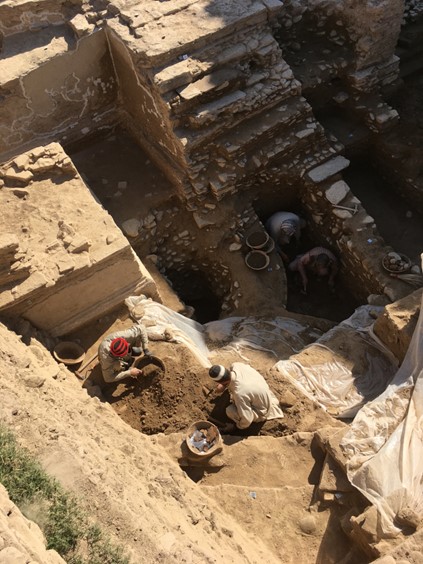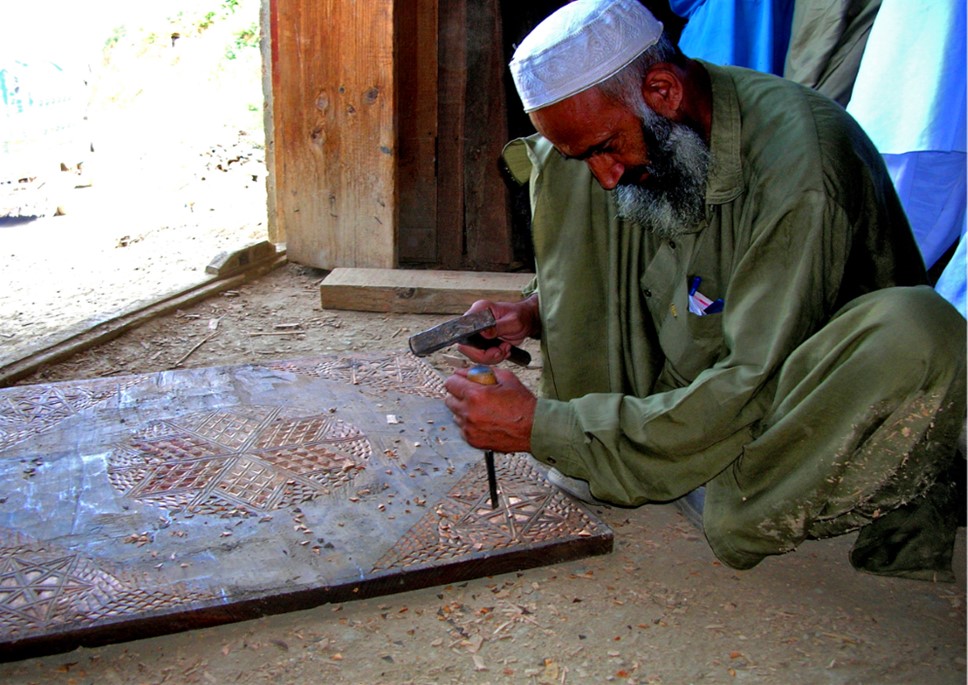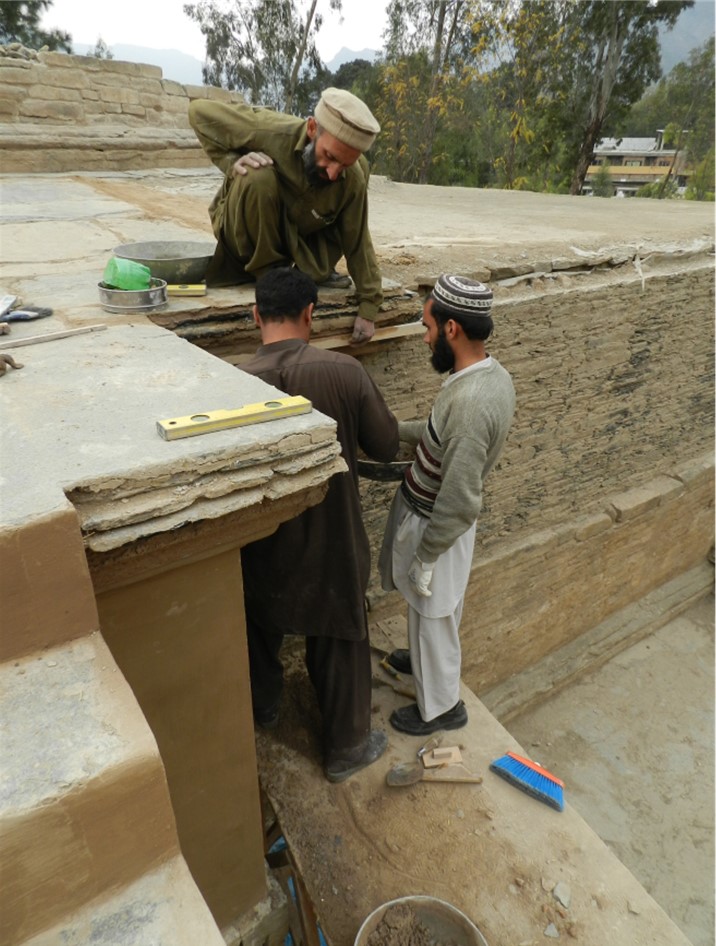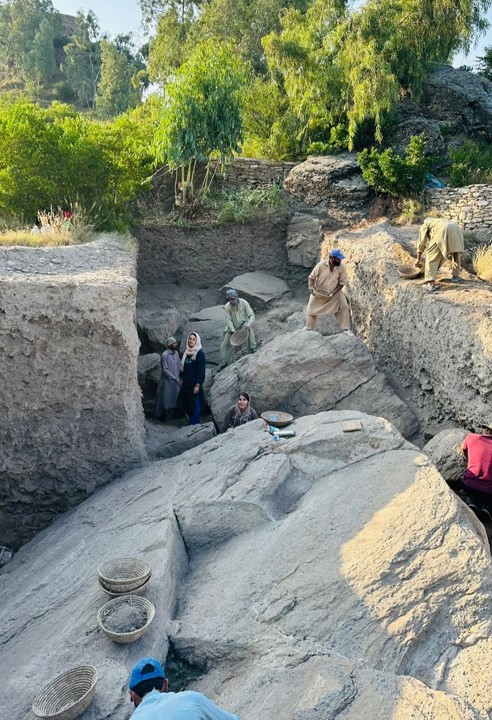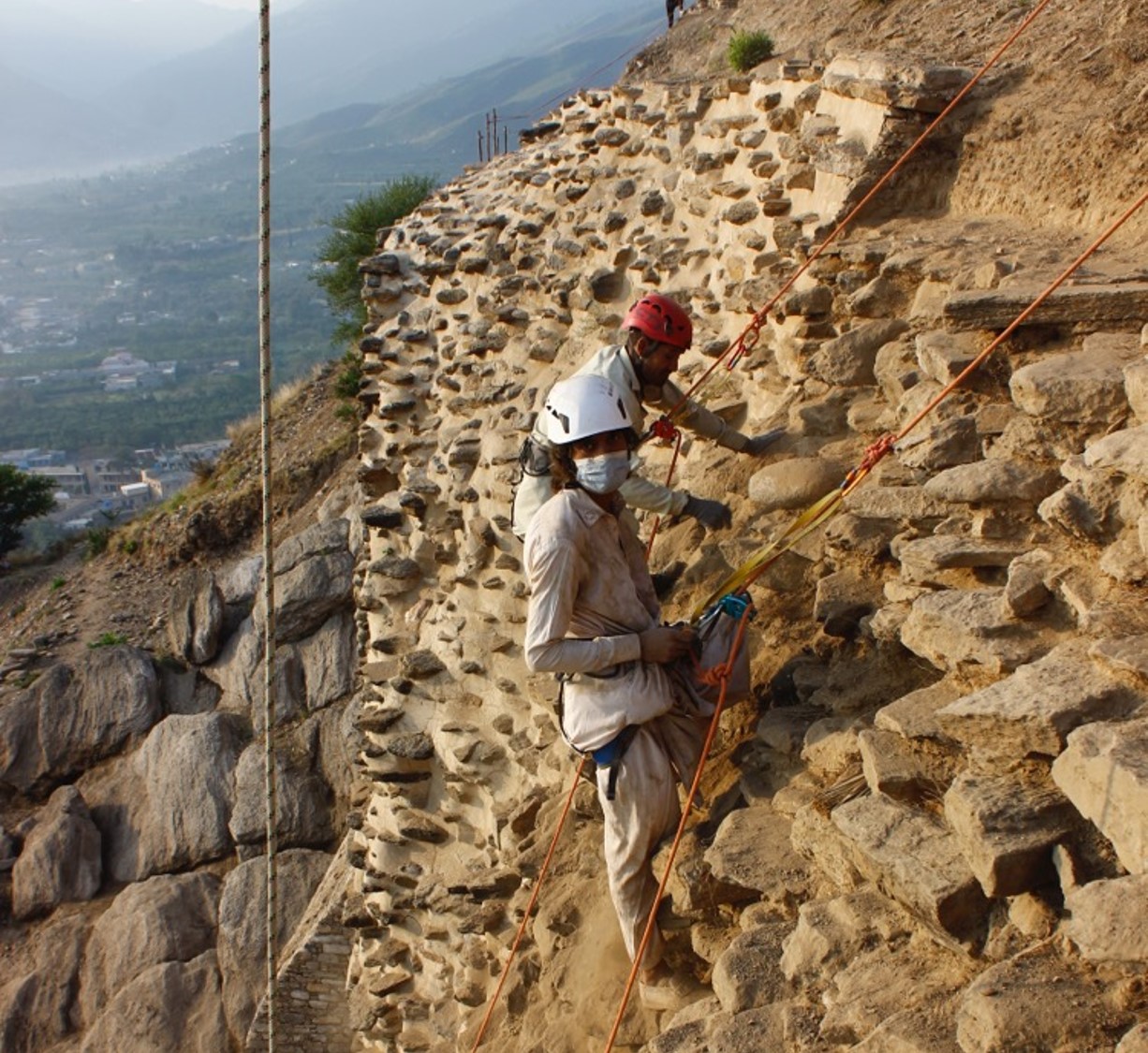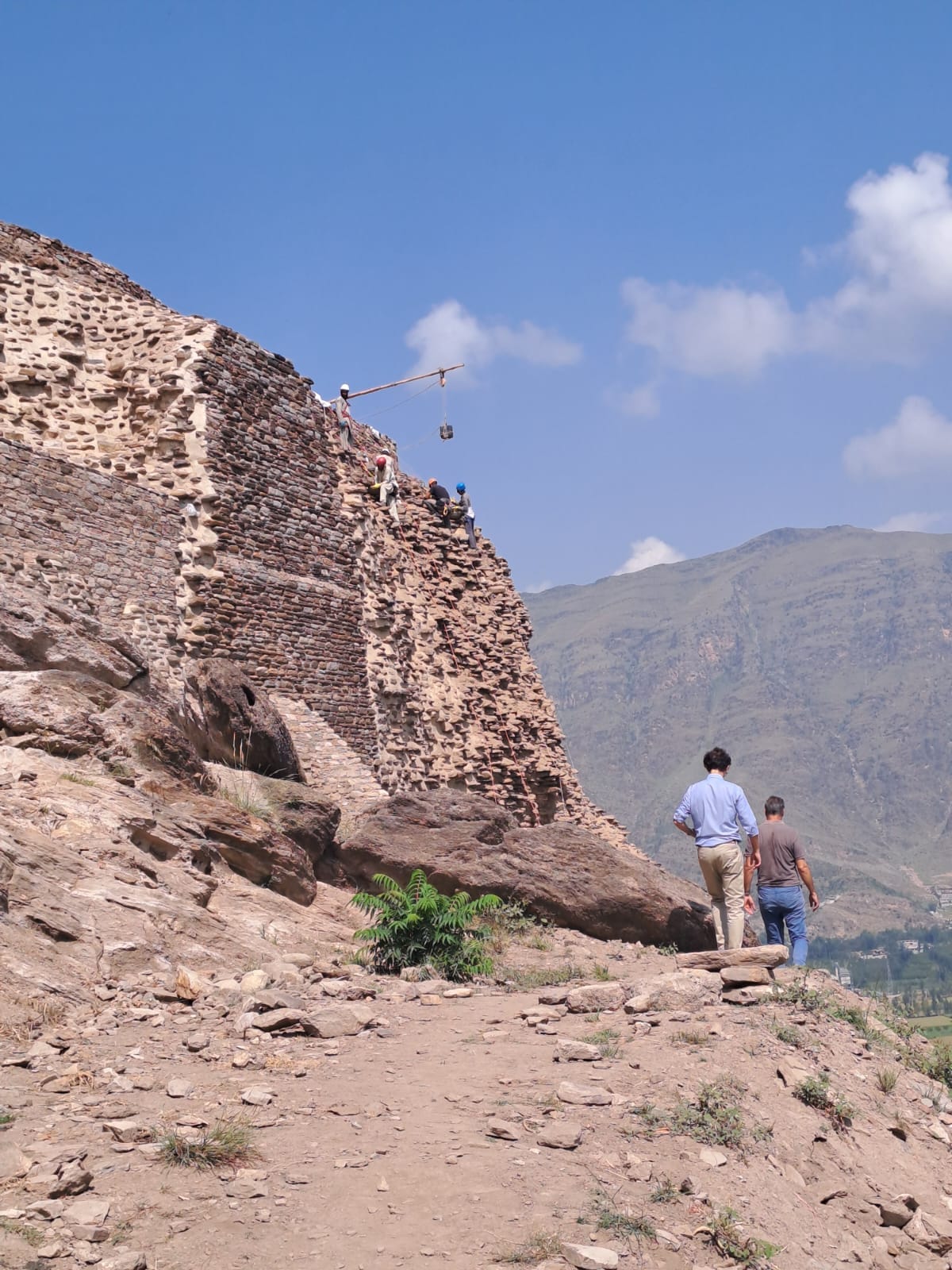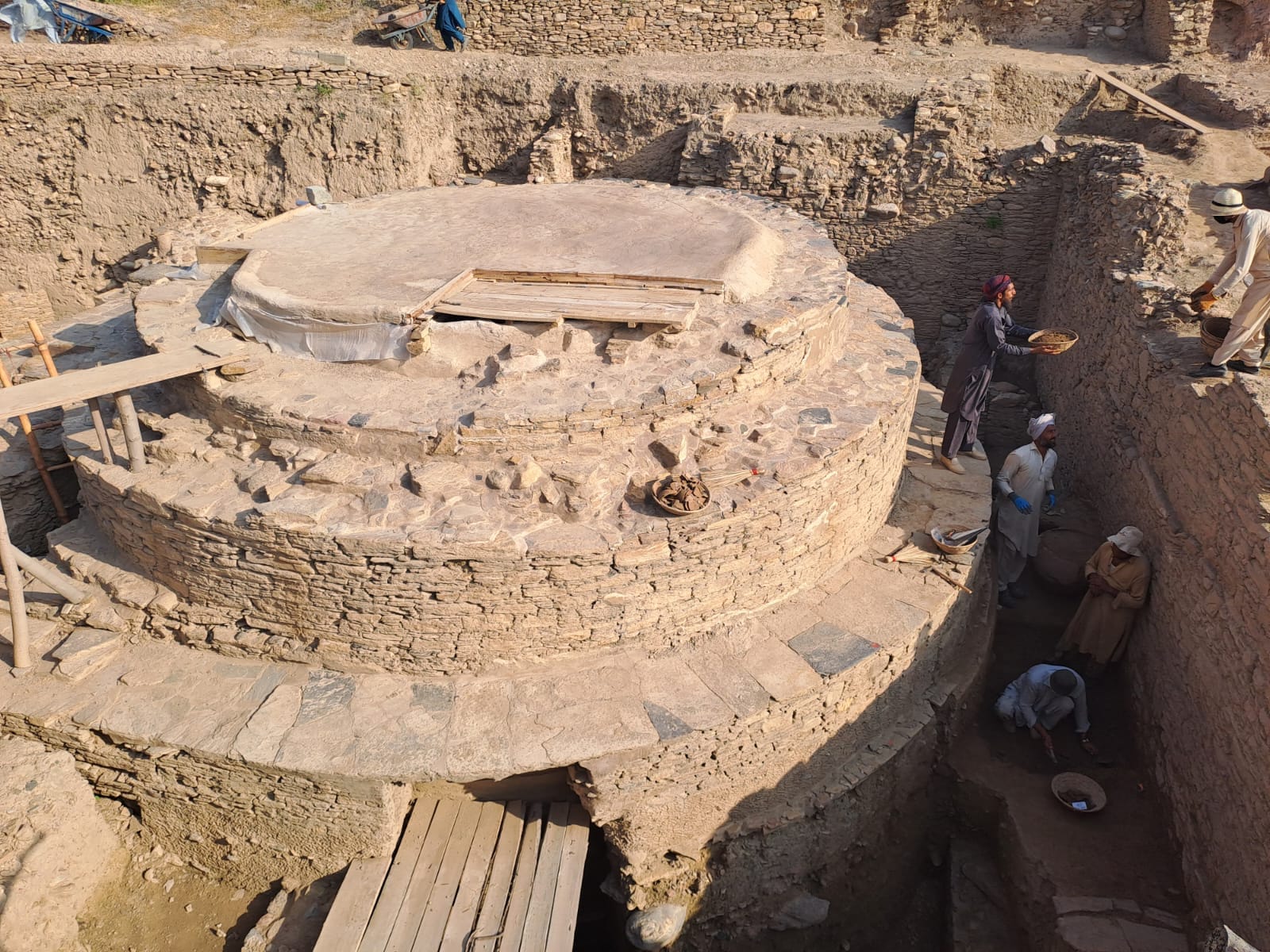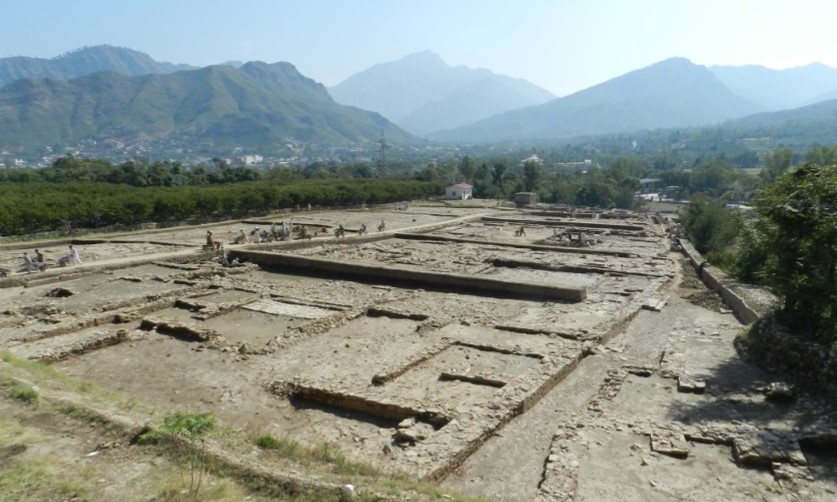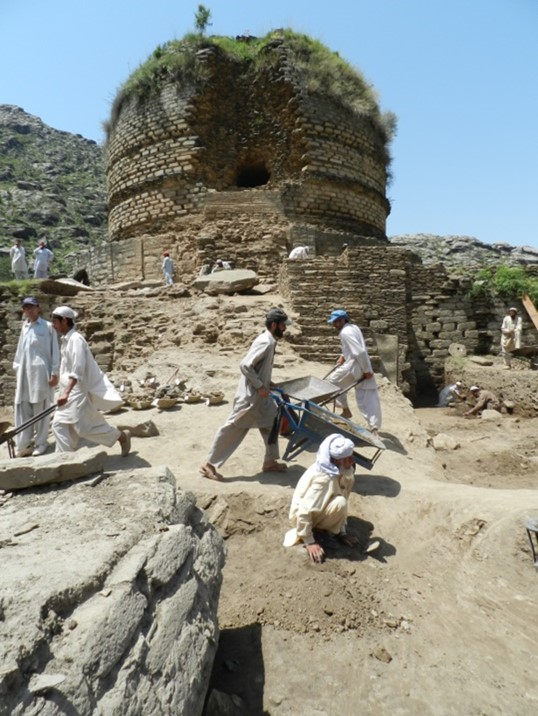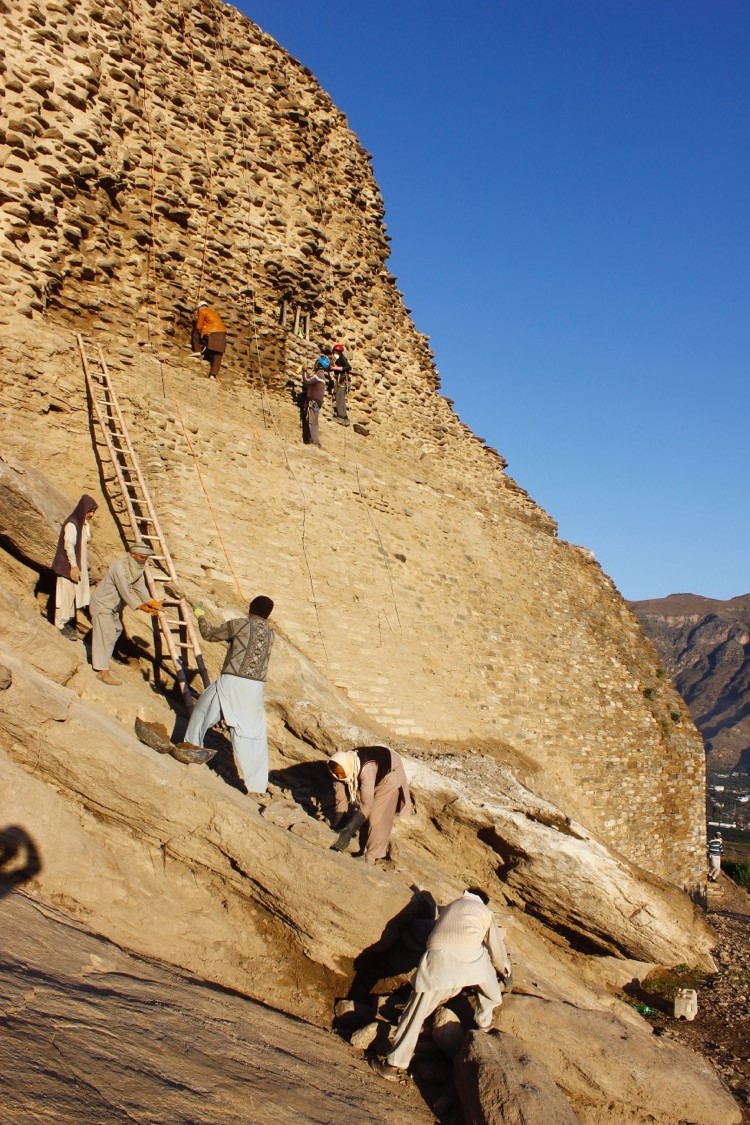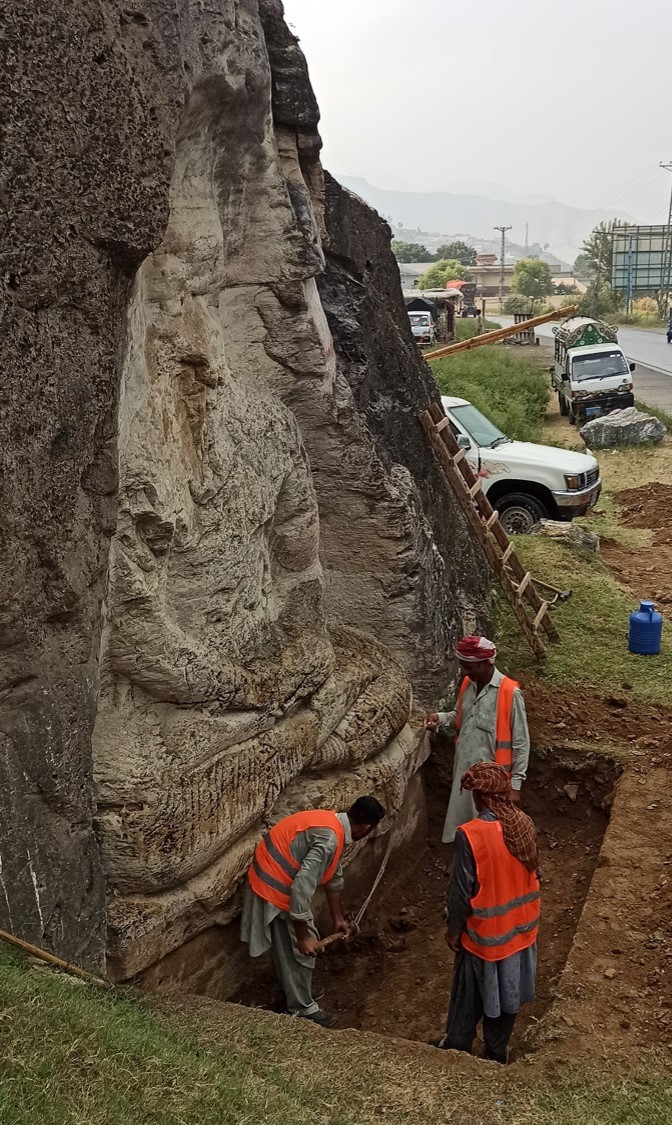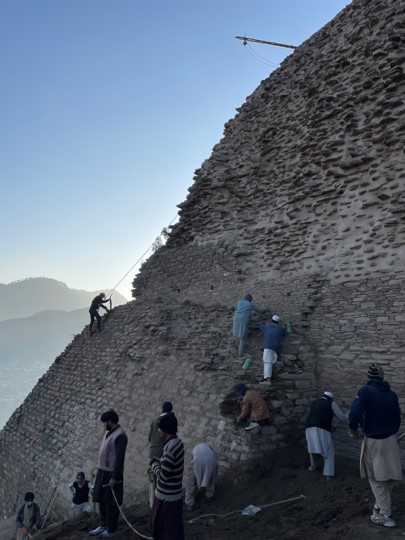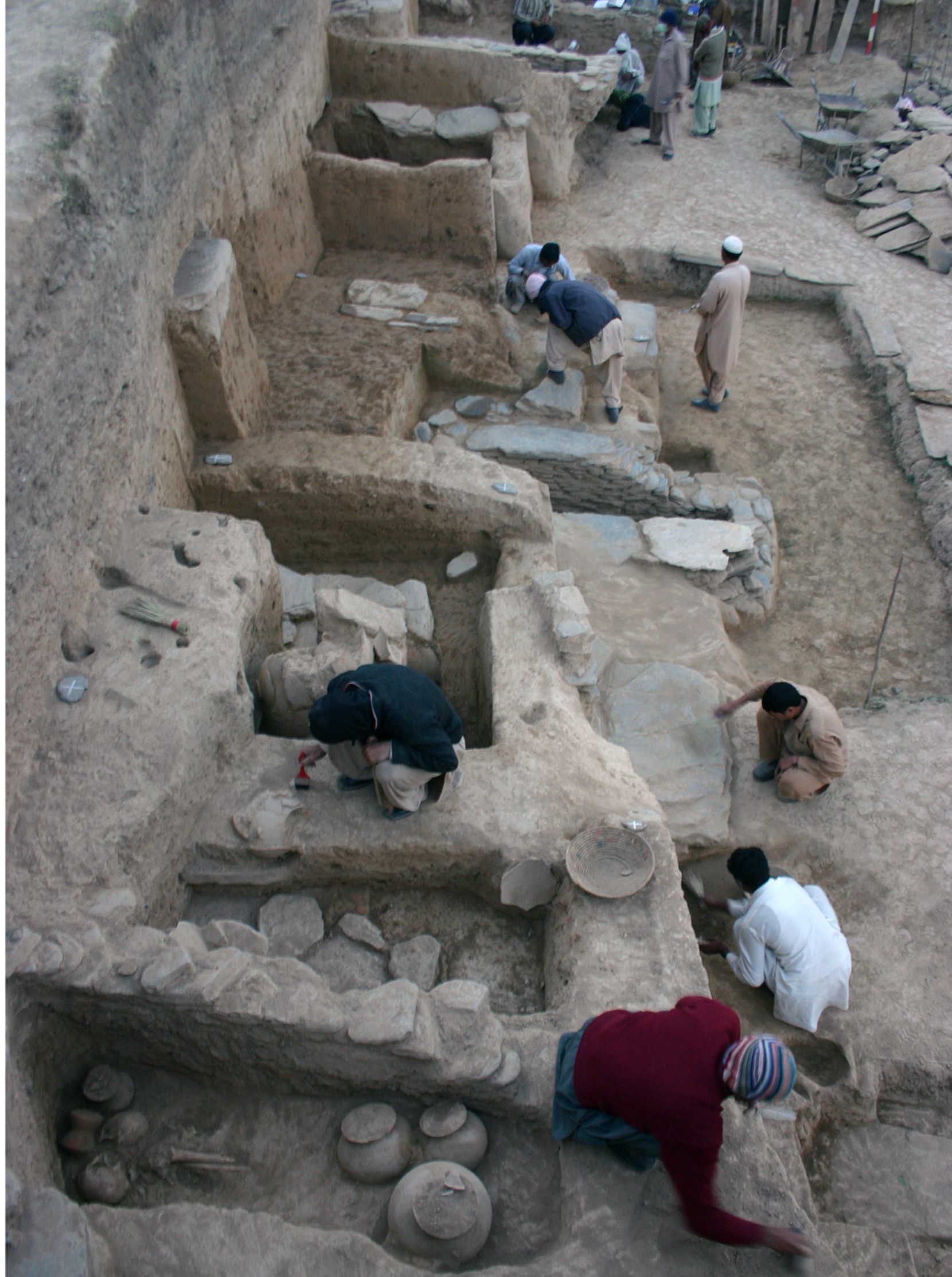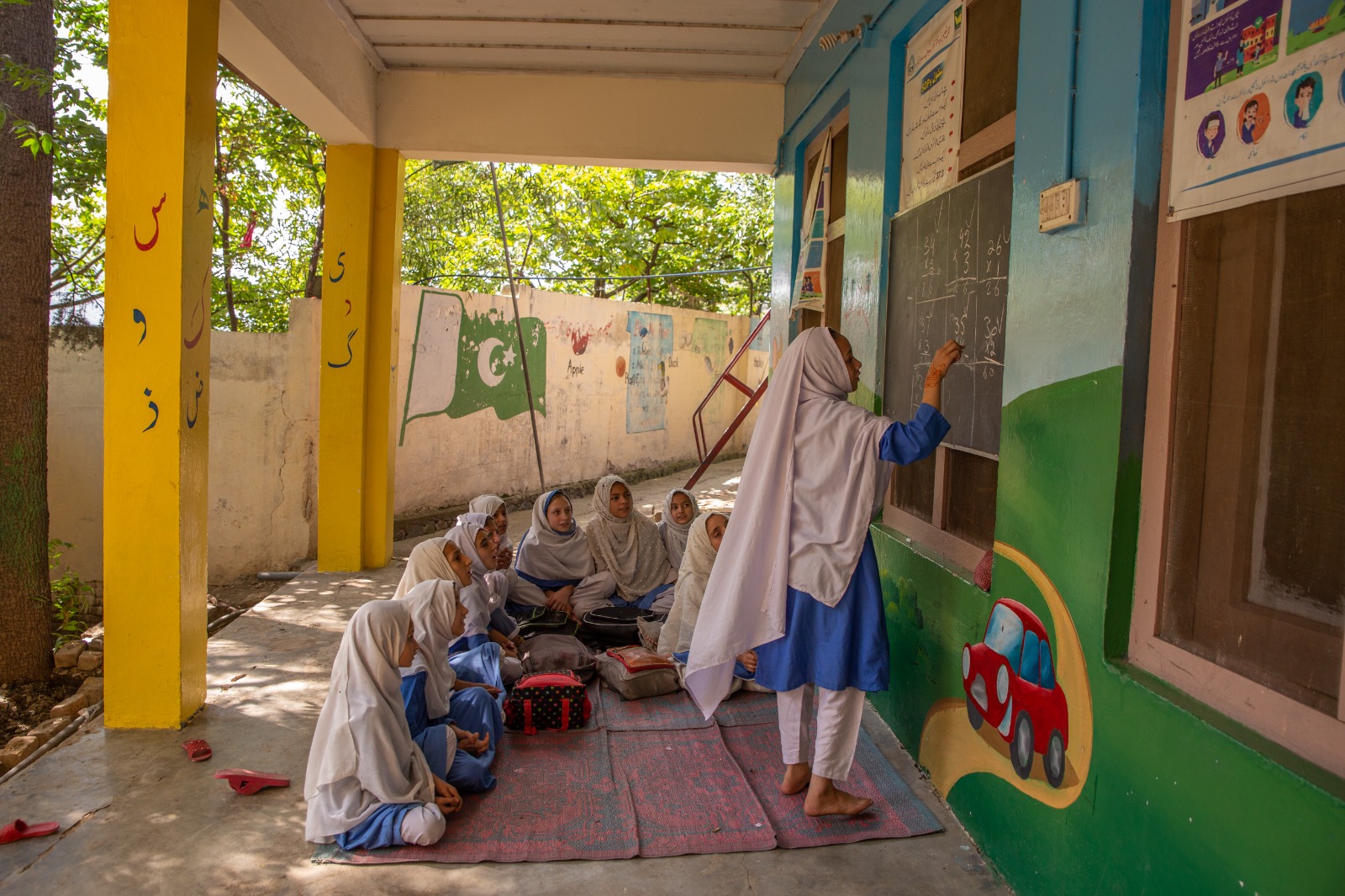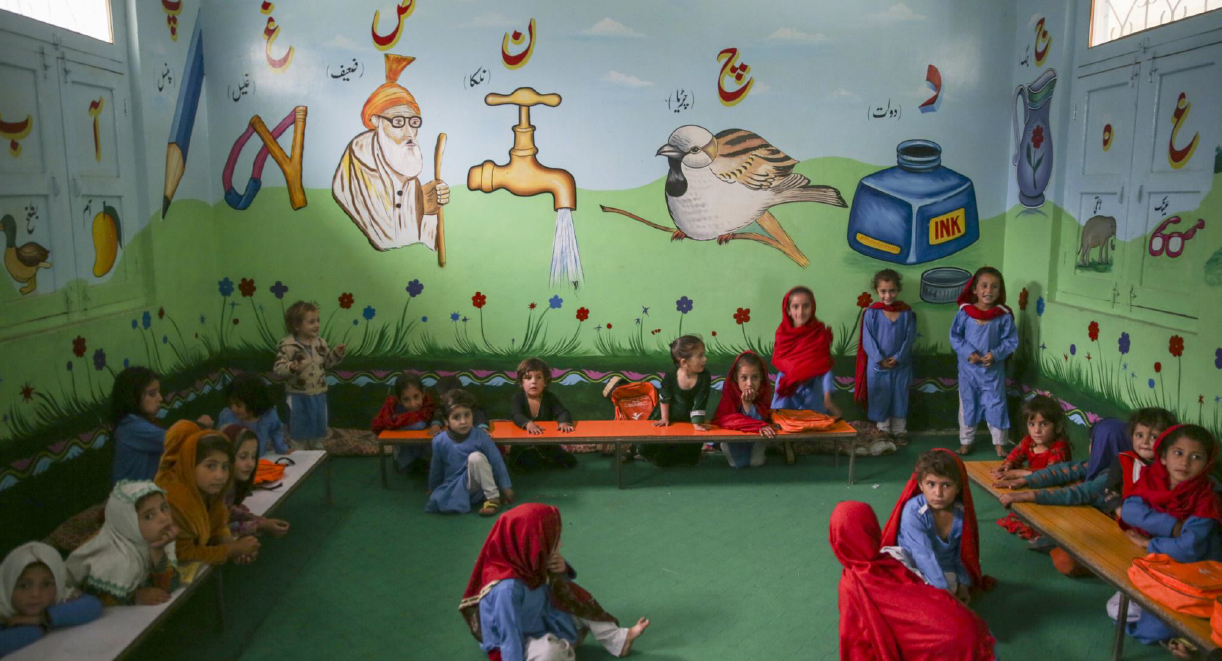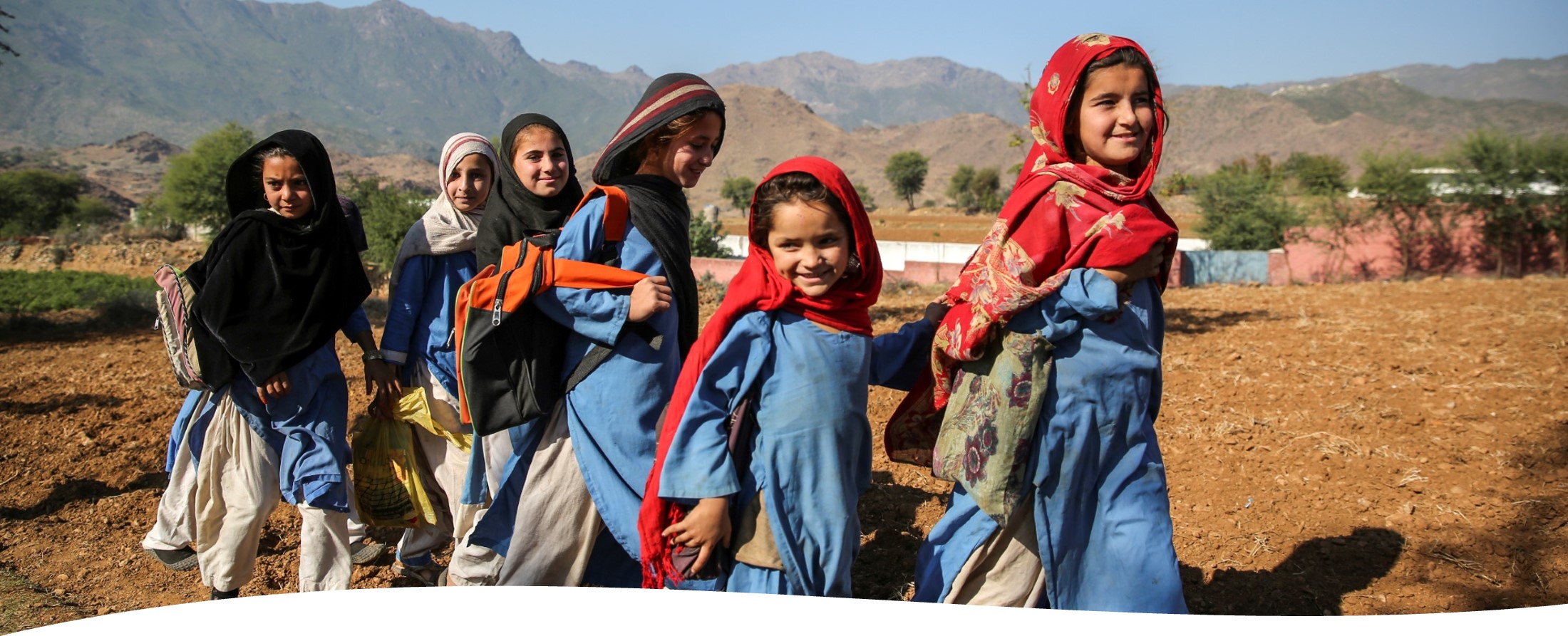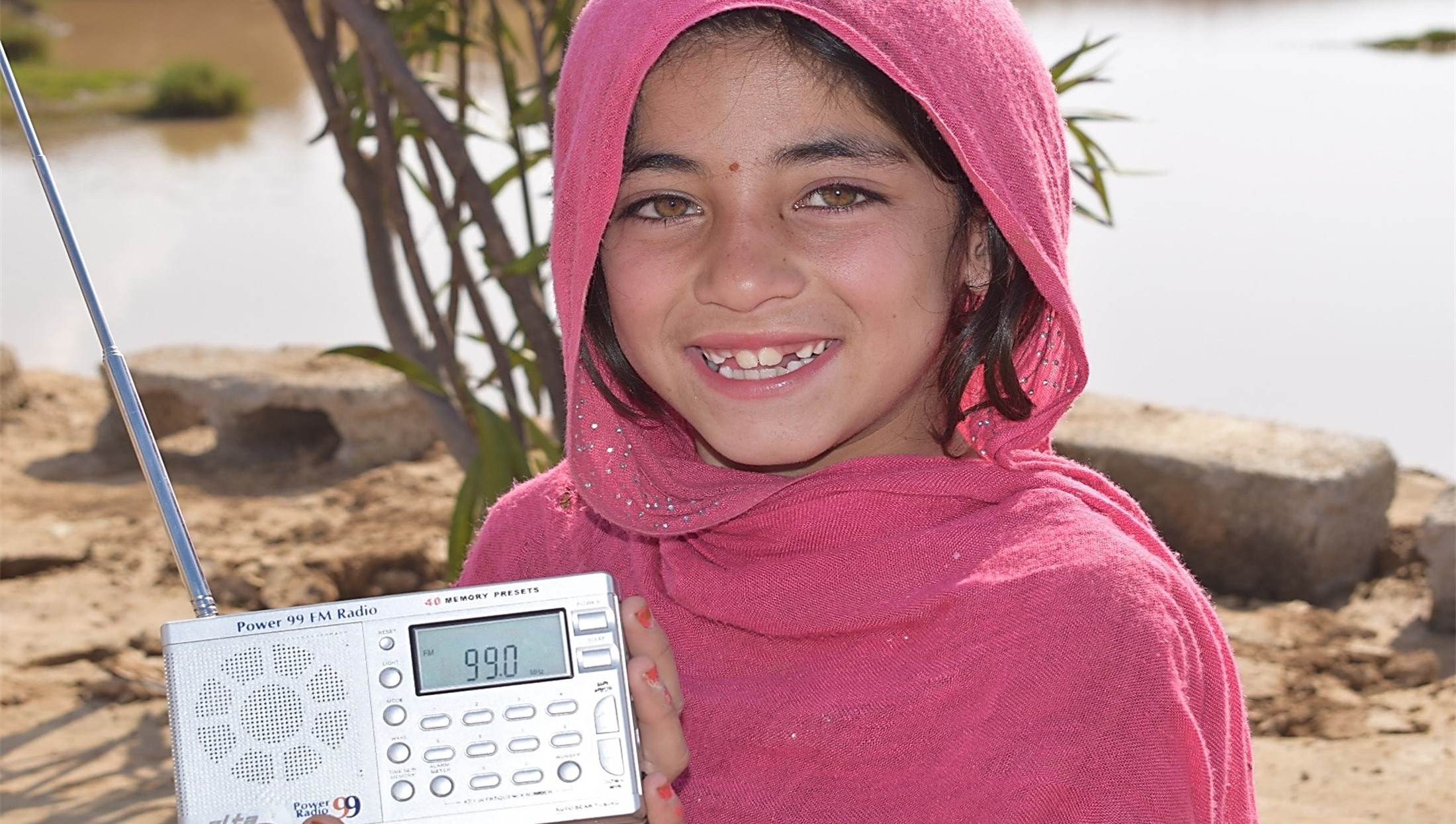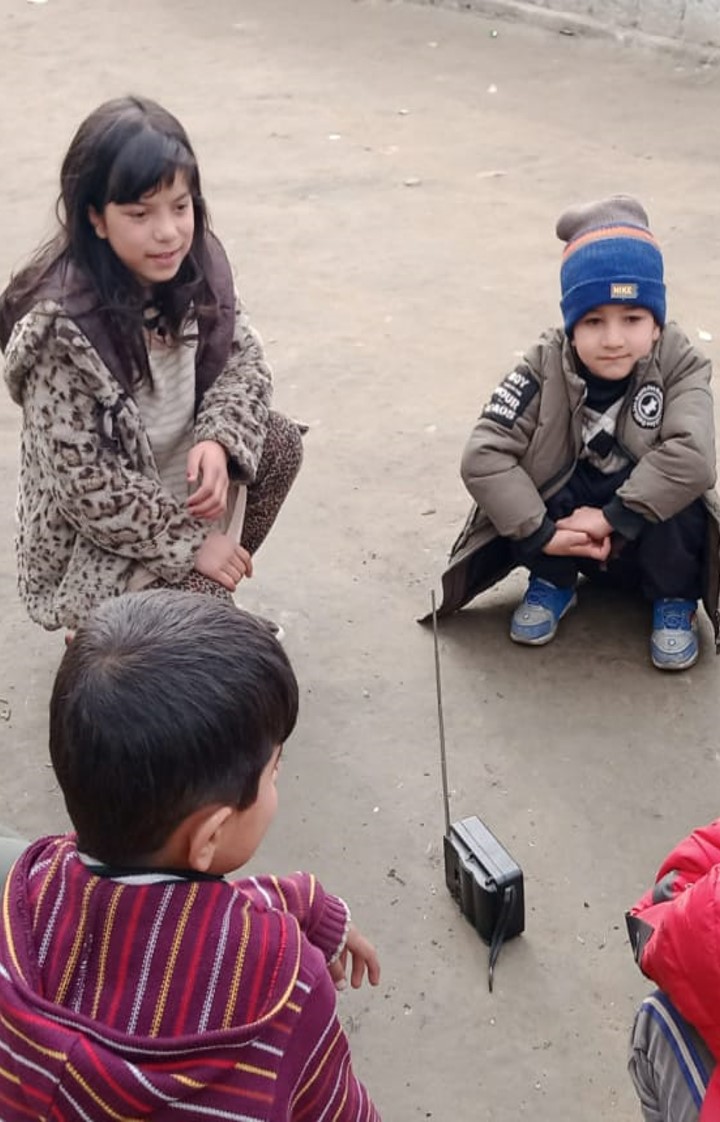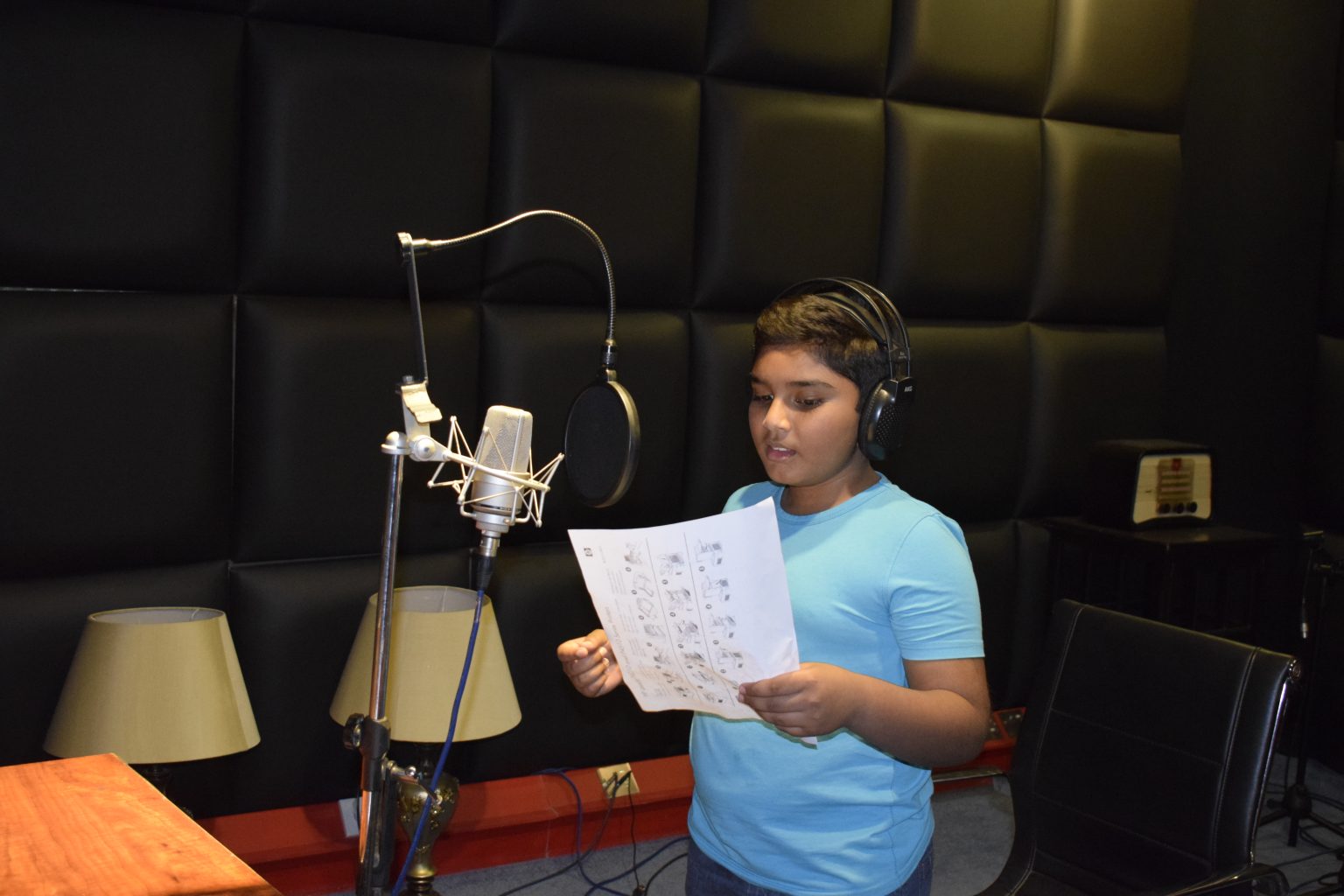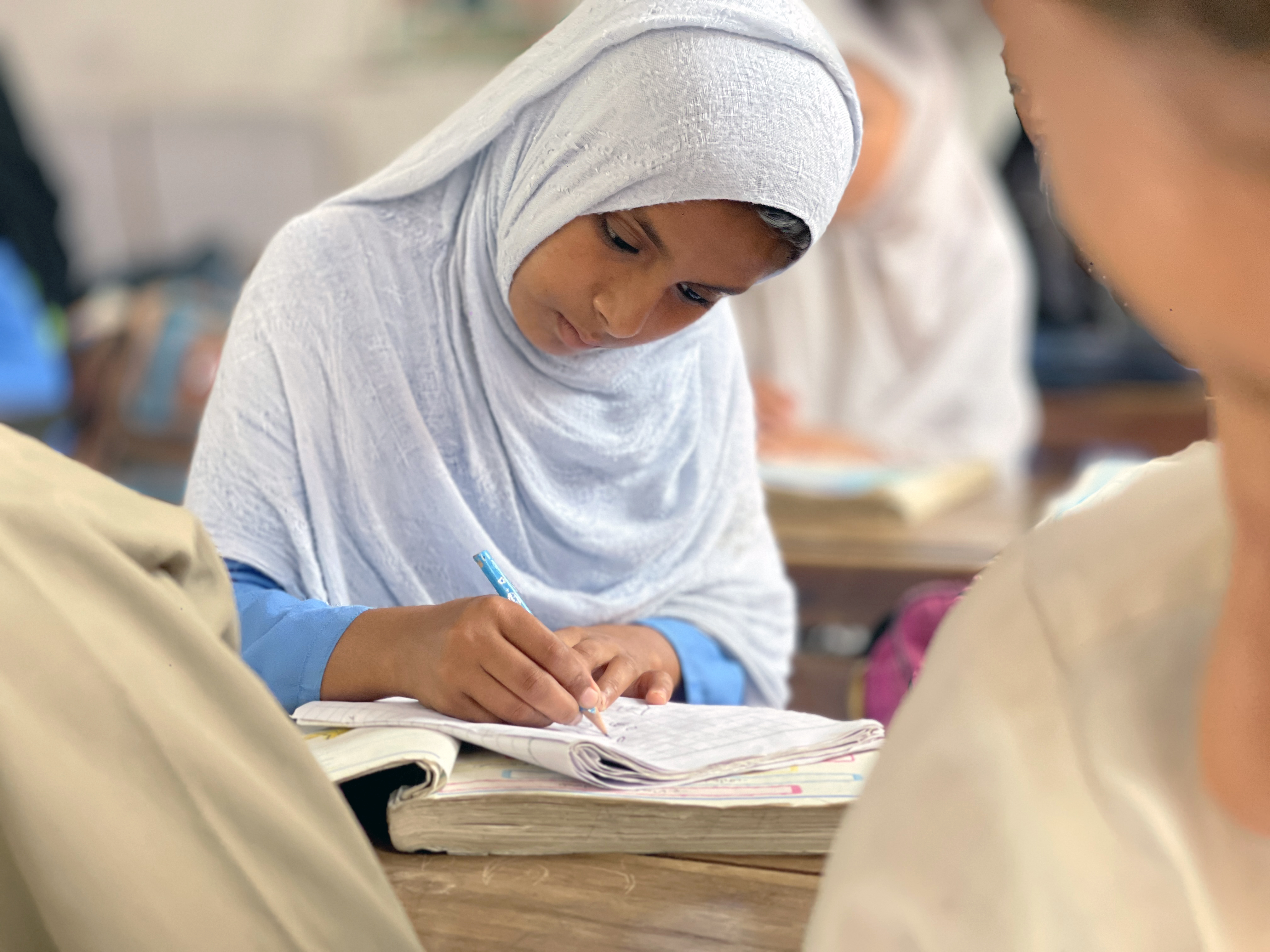Sectoral context
Pakistan boasts a vast cultural heritage, shaped by millennia of history and the influence of great civilizations. Since the 19th century, excavations and restoration efforts led by archaeologists and experts have renewed interest in the country’s past, spanning from prehistory to Hindu, Greek, Gandharan, Islamic, Mughal, and colonial civilizations. Additionally, indigenous communities, as custodians of ancient traditions, further enrich the country’s intangible heritage.
Since 1963, Pakistan has been a member of the International Centre for the Study of the Preservation and Restoration of Cultural Property
(ICCROM) and is currently serving on the UNESCO Executive Board for the 2023-2027 term. With six UNESCO World Heritage sites (and twenty-six on the tentative list), Pakistan holds vast potential in cultural, archaeological, and religious tourism. To enhance these resources, the National Tourism Coordination Board has established dedicated working groups to develop targeted strategies for each tourism sector. After the decline in tourism caused by the COVID-19 pandemic, Pakistan recorded a significant increase in arrivals of foreign tourists in 2023, especially from Asia (+115% compared to 2022), marking a solid recovery (UNWTO, 2023). In 2024 the sector contributed 6.1% of the national GDP, employing about 4.79 million people7.
However, the country is struggling to fully develop its tourism potential: the lack of adequate infrastructure and services makes access to sites difficult and limits the experience of visitors; all this is added to a promotion and tourist offer ineffective.
Education plays a key role in safeguarding and enhancing cultural heritage, transmitting knowledge, skills and values that ensure its continuity and vitality. However, the level of education in the country is still low (53.46/100, District Education Performance Index 2023) and access remains highly unequal. The most disadvantaged areas are concentrated mainly in the provinces of Baluchistan and Sindh, where over half of the districts have the worst school performance.
Cultural heritage is being undermined by climate change, which is having a growing impact and putting not only archaeological sites and historic buildings but also the cultural traditions and practices of local communities at risk. Floods in 2022 severely damaged 149 sites, causing losses of over PKR 13 billion (more then 14 million euro) and a significant impact on the tourism sector and employment. Earthquakes also pose a constant threat to Pakistan due to being located in one of the most seismically active areas in the world. Over the past 10 years, the country has been hit by more than 2,400 earthquakes of magnitude 4 or greater, with an average of 243 seismic events
per year.
The most devastating was the 2015 earthquake in Khyber Pakhtunkhwa, with a magnitude of 7.5, which destroyed and damaged infrastructure, public buildings and numerous archaeological sites.
In addition to material damage, natural disasters compromise intangible cultural heritage. Forced displacement and migration threaten the
traditional linkages between people and the environment, putting at risk the social fabric of the affected communities and their cultural and
identity-related livelihoods.
Need Assessment
To ensure that both tangible and intangible cultural heritage contributes to sustainable development and the socio-economic well-being of communities, it is essential to adopt integrated strategies that guarantee its protection, conservation, enhancement, and promotion. These actions should involve active engagement from stakeholders through the adoption of efficient interinstitutional governance systems, as well as from local communities through the establishment of committees, organizations, and platforms.
At the same time, efforts should be made to prevent territorial abandonment by fostering sustainable economic growth within communities. This can be achieved by creating employment opportunities through the training of specialized personnel for excavation and conservation-restoration projects, developing ecotourism models by improving hospitality services, and providing financial support for entrepreneurship in the tourism sector.
Additionally, strengthening heritage protection from natural disasters through preventive Disaster Risk Reduction measures is crucial.
Finally, improving educational offerings is fundamental to increasing inclusivity, promoting respect and appreciation for cultural heritage,
and recognizing culture as a driver of sustainable development.
Approach
Cultural heritage is recognized as a key element of the Prosperity pillar in the 2030 Agenda, as it is considered a driver of economic growth to “ensure that all human beings can enjoy prosperous and fulfilling lives.”
On this basis, to achieve Outcome 3 of the AICS Prosperity ToC – “Enhanced safeguarding of cultural and natural heritage for socio-economic well-being” (SDG 8.9-11.4), AICS Islamabad office adopts people-centred and living heritage approaches. These approaches guide
interventions aimed at protecting, conserving, and enhancing heritage while strengthening community participation in governance systems
for improved management of cultural heritage and archaeological sites.
Such approaches ensure the revitalization of heritage, making it a functional tool for improving the sustainable tourism offering as a lever for economic development. Furthermore, special attention is given to the quality of education through curriculum improvements, teacher
training, and the strengthening of cultural awareness, also through the use of media, to contribute to increasing school enrollment.
